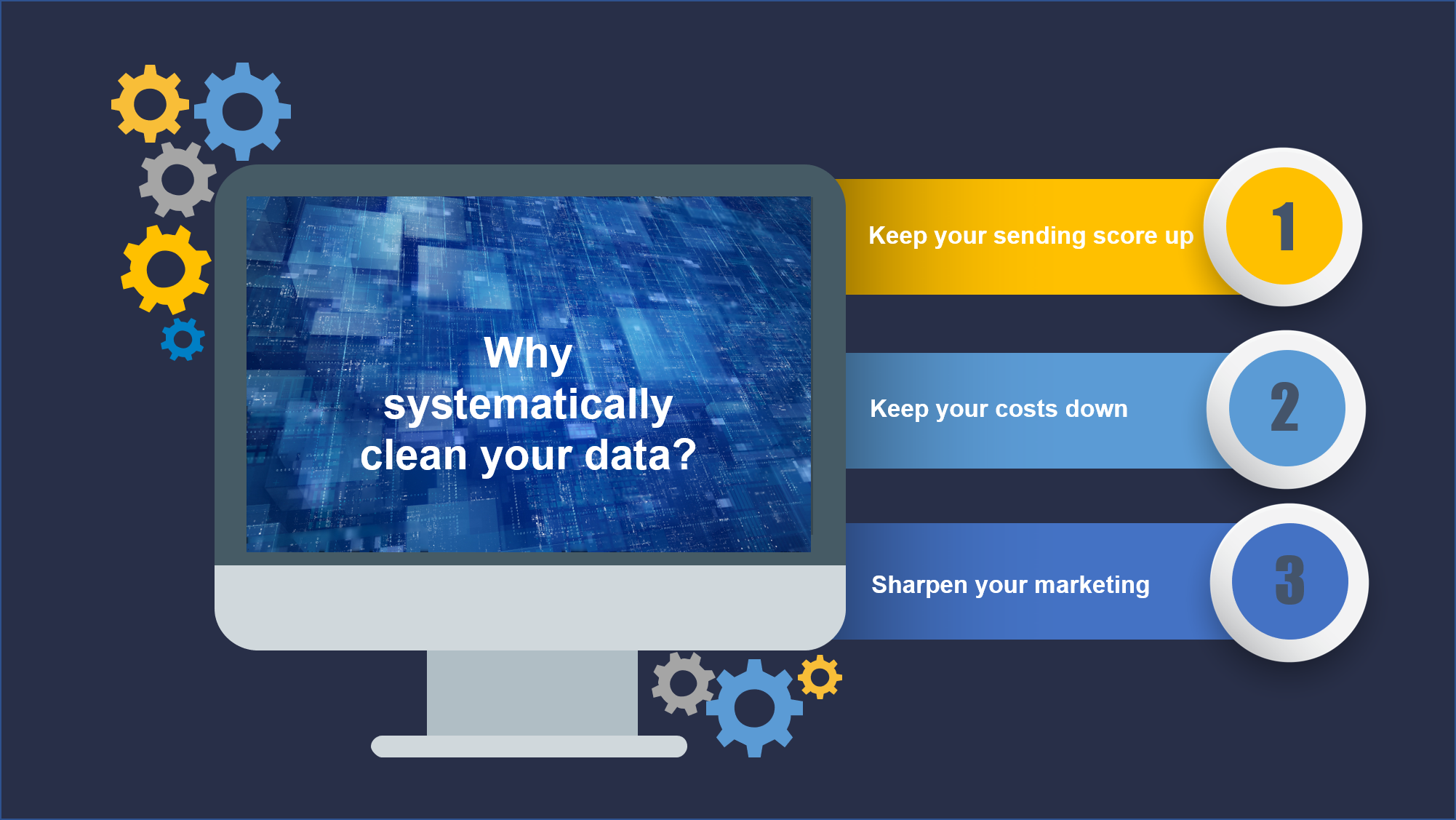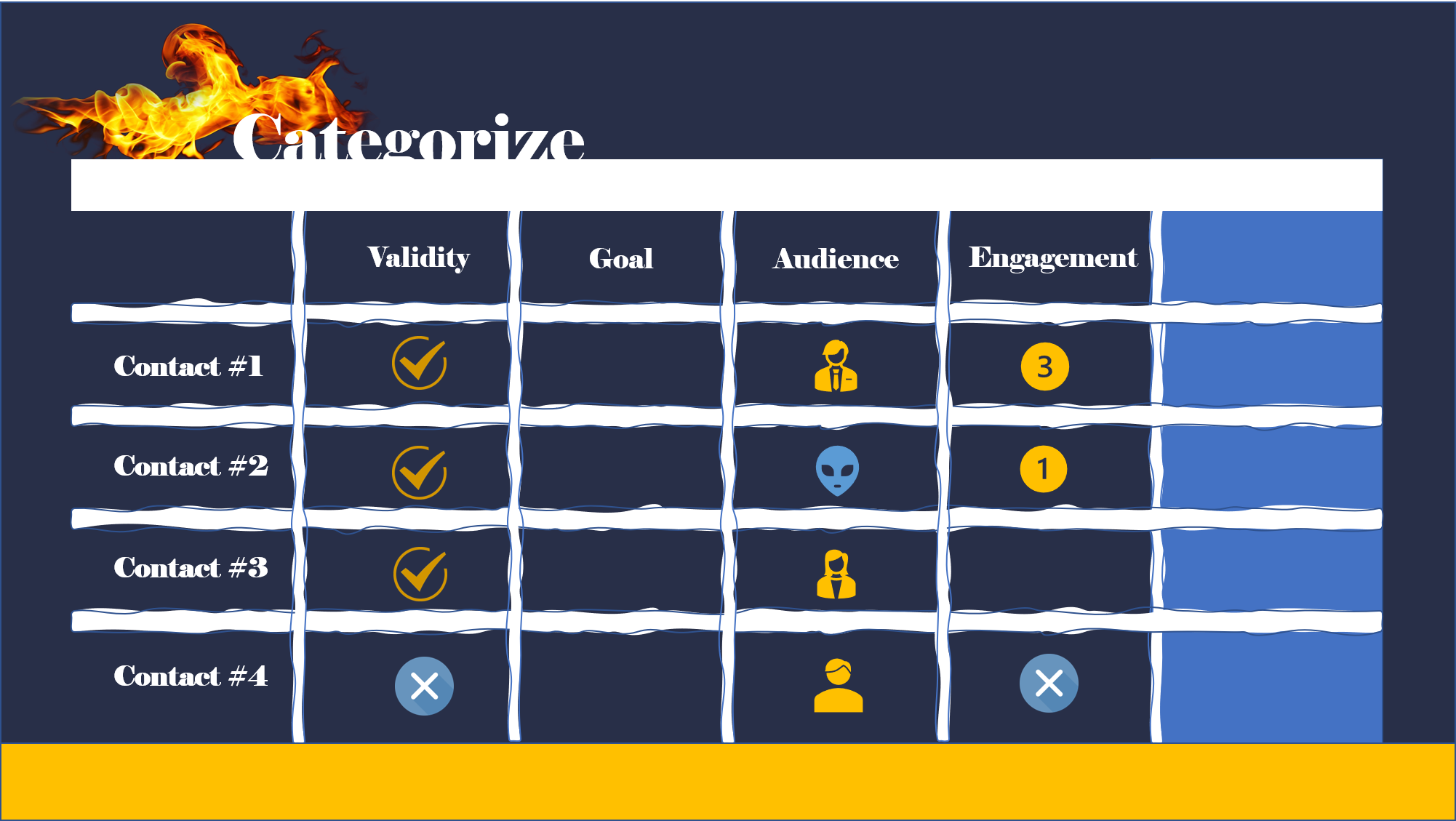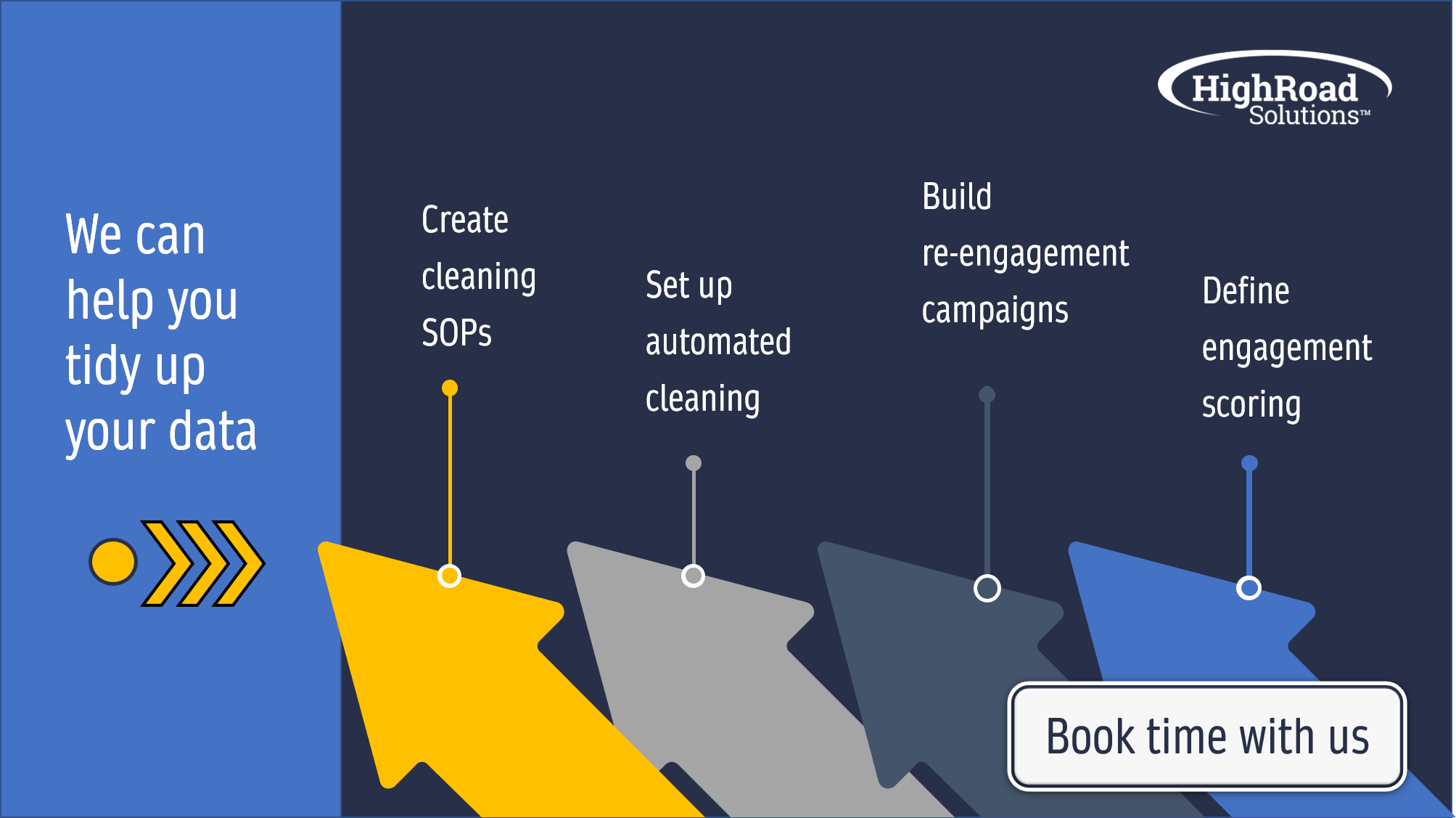Breakups can be easy when done right
Lead Generation & Growth Strategies | Data Analysis | member engagement | data management
Breaking up can be hard. Whether you’re ending a romantic relationship or a friendship that’s no longer serving you, saying goodbye to something or someone that feels familiar is uncomfortable.
The same can be said for breaking up with data. Holding onto data, even if it’s outdated or ineffective, can feel familiar and comforting. Your mind might start racing: What if I delete it today and I need it two weeks from now? What if there is value there I just haven’t found yet? What if I delete too much and then I'm left with gaps?
If you’re feeling that way about parting with your data, you’re not alone.
During our recent Spring VirCon 2021 session on “Breaking up with Contacts," HighRoad's Director of Services, Maneesha Manges, and Development Manager, Chris Park, dove into all the reasons why breaking up with old data is worth it.
From enhanced tech performance to more precise targeting, there are more than a few reasons to take the plunge and say goodbye to some of that outdated data you’ve collected for so long.
But beyond just the why, Maneesha and Chris explained how to get started with this kind of project, and how to bring it to success.
Your data set is the same way. When there’s too much, especially when it’s not actionable or accurate, it takes you longer to activate. And can take your technology even longer to process requests.
This performance hit impacts your organization financially, both from a platform expense perspective (paying for contacts/storage) and a personnel perspective (paying staff for 2 hours of work when it should have taken only an hour or less.)
So, what’s the solution for your messy closet and your unruly data set?
Quality over quantity. Quality data brings better marketing results. So what designates quality when it comes to data? According to Maneesha, it's "data with a heartbeat." Contacts that are current, engaged, and a good fit for your programming.
The same is true for your marketing efforts. Hoarding data means time wasted blasting emails out to every contact, whether engaged, invalid, or outdated.
When you start to systematically clean your data and remove the contacts taking up space, you’ll be in a much better position to sharpen your marketing and engagement efforts.

All of this impacts your brand and your ability to deliver personalized campaigns and messaging to the members who are paying you for customized experiences.
With intended, actionable data, suddenly, you're moving from the same old boring sweater and status quo member experience into a trendy statement piece with a strong point of view.
All program owners, leaders, and/or departments are going to have different perspectives on what data is meaningful so it's important that you collect 365 degrees of input before:
-
-
- What contacts are old?
- What contacts are invalid?
- What’s contacts are Spam?
- What contacts are dups?
-
-
-
- What are your organizational objectives?
- How will this data help your organization meet your objectives?
- What data falls outside of your objectives?
-
-
-
- What commonalities do your existing members and customers share?
- What markets do you want to reach outside of your current membership?
- If contacts fall outside of your segmentation strategy, should they be deleted, or should your segmentation strategy be revisited?
-
-
-
- What contacts are most engaged?
- What contacts are least engaged?
- What contacts show no indication of re-engaging?
-
-
-
- Surface a heartbeat with contacts who've dipped out of engagement
- Further qualify individuals who still seem like a good fit
- Solidify your decision to remove contacts from your database
-
-
-
- Keep an archive of your contacts. You can use this list for paid ad look-alike audiences down the line.
- Follow the process. If you follow the steps and stay within the lines, you can take the emotion out of it for better decision-making.
- Don't fall behind. If you build automated processes and SOPs that follow a regular cadence, you'll be light cleaning versus bulk cleaning which, inherently, can feel like a more daunting task.
-

Email Automation Platforms—in most cases, email automation platforms will identify and remove global unsubscribes, duplicate email addresses, and invalid email addresses. Based on your platform, you can also set-up global, evergreen filters that automatically build live lists based on categories of engagement. All of this will drastically improve your sending score and keep data storage costs lower.
Omni-channel Marketing Automation Platforms—true marketing automation platforms will take data hygiene to the next level by leveraging standard strategic elements within these tools, including but not limited to: persona development, goal setting, lead-scoring & lifecycle staging, reconfirmation campaigns, and double opt-in campaigns.
Integration software, like in HighRoad Spark—software that connects data can also vet data as it flows from one system to the next. For example, consider our data integrator with a face—Spark. Think of Spark in terms of flight travel. When the data moves from your data source (departure) to your data destination (arrival), Spark "holds" the data in a central hub (the airport) where it acts as a checkpoint so that you can reconcile the data that's invalid, valid, spam, etc. before the flight even takes off. This is an excellent way to keep the data in your digital marketing platform sparkling if your AMS hasn't gone through a deep clean.
About Aimee Pagano
Aimee joins HighRoad Solution with 15+ years of integrated marketing and communications experience, primarily in client-facing roles within the association and SaaS space. Her specialties include persona development, content strategy/management, lead gen and awareness campaign development, and website development/optimization.








